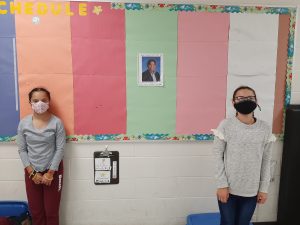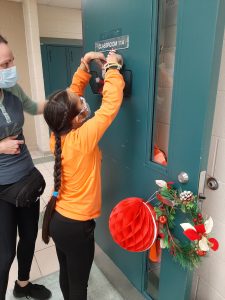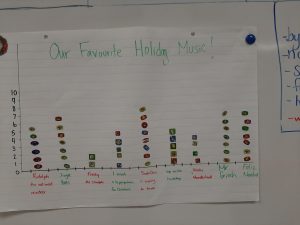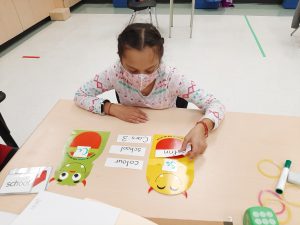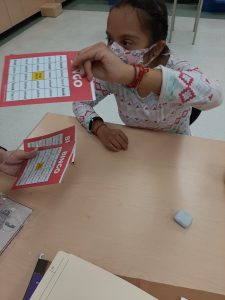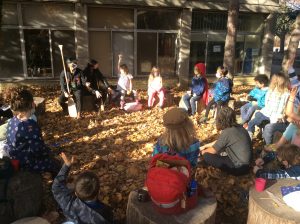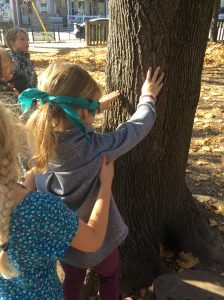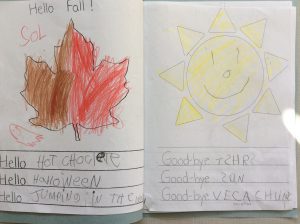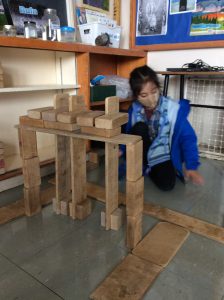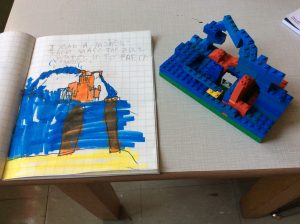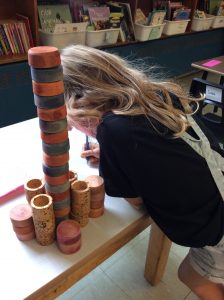Winter’s coming and as I share this on the eve of December and our possible first snow day of the 20-21 school year, the timing is intentional.
Recently, I had a moment of clarity while greeting students at the door of my classroom. It started out simply enough as they returned after a snowy midday recess. Amid our usual pleasantries it happened – a simple and often overlooked aspect of privilege kicked me in the thoughts as I welcomed students back inside. Although, there was nothing out of the ordinary on this particular day, all I could think about, in that moment, was indoor shoes.
You know, that 2nd pair of shoes students are expected to bring from home, that stay at school, so they can change in and out of for recess and indoor activities. The ones that every student is told they are supposed to have. The same shoes that can be found classrooms away from their owners’ personal effects after being dribbled down the hallways soccer style by budding Christine Sinclairs and Alphonso Davies’. Those indoor shoes.
Although an extra pair of shoes might be a small issue for many of us, I wonder whether asking students to have a dedicated pair of shoes to change into for inside school exagerates the socio-economic divisions that are obvious in many of our communities. After nearly 2000 days in the classroom, I am only seeing the ability to bring a second pair of shoes as an indicator of privilege, and that got me thinking about equity.
So, I’ll ask. Do you think that requiring/expecting students to have a 2nd pair of indoor shoes is unfair to those who are unable? Have schools become too demanding to expect this considering that many families are living pay check to paycheck? How are educators working to support their learners without isolating or alienating them by their supportive actions? Don’t even get me started about winter boots.
Clearly, there is a fine line to tread and I am wondering what’s changed, what needs to change in the way we were are doing things, and what else have I/you/we been missing?
What’s changed?
Nothing and it is not going to either as long as our socio-political and economic structures remain the same, we will always have students coming to school from places of unearned disadvantages being asked to act like they do not.
When we know that students are in need, how do we as a school community genuinely support them equitably? Is there a way that we can help while being discrete in our actions? One way might be by intentionally looking the other way while still making a note of things like a single pair of shoes, no boots, or a lack of weather protective garments rather than confronting their lack of them outright. How do we provide help without awkward and uncomfortable moments for a child?
What needs to change?
There will always be students with needs. Even though we might have enough, and it looks like they have enough. It is easy to be fooled into inaction by the belief that their enough is actually enough. When students are sent to school with a lunch to eat at school, it’s not obvious at first look whether it is the only meal they are having each day. It starts at relationships.
Knowing the learner is the key here. Without it, we risk allowing students to fall through the cracks. With recent restrictions to work due to the pandemic, it is becoming clearer that families are living in more precarious circumstances. That fancy car that drops students off at the kiss and ride each morning may about to be repossessed. The top dollar running shoes and brand name everything to wear seems incongruous to the jam sandwich or mac and cheese everyday that those same students are bringing for lunch. I am always hopeful that the child really likes the same lunch everyday, but am also watchful whether it is an indicator that something else is going on outside of school.
What else have I/you/we been missing?
Even though I have used indoor shoes as the soul of this post, they are not the sole indicators of unidentified needs or inequities. At-risk students are everywhere in our hallways. I am trying to pay attention to their actions, words, and body language. I never want to look back on this time and think that our students slipped through the cracks without our support. Conversations with other colleagues also help to fill in the blanks if something doesn’t seem right. It has become second nature to ask a student how their day is going. It is also important to include all of the community resources available to schools too.
If we pay attention to the little signs, we have an excellent chance to close some of the gaps for our students. It might be as simple as connecting families with access to community supports they may not have known about. This may be a simple as ensuring that there is English language assistance for them when it comes to access. For others, it might mean ensuring there is something extra to eat available for any who are experiencing food security issues. For others it might mean an invitation to help out in class during a particularly cold day at recess.
Whatever the circumstances, we can walk alongside students as they learn to fill the shoes that are waiting for them in the future.
Thanks to Tim Bradford and Nicolette Bryan @ACPS for their wisdom and candour while discussing this topic.
Further Reading:
Equity: The Missing Piece of Most Back-to-School Conversations


